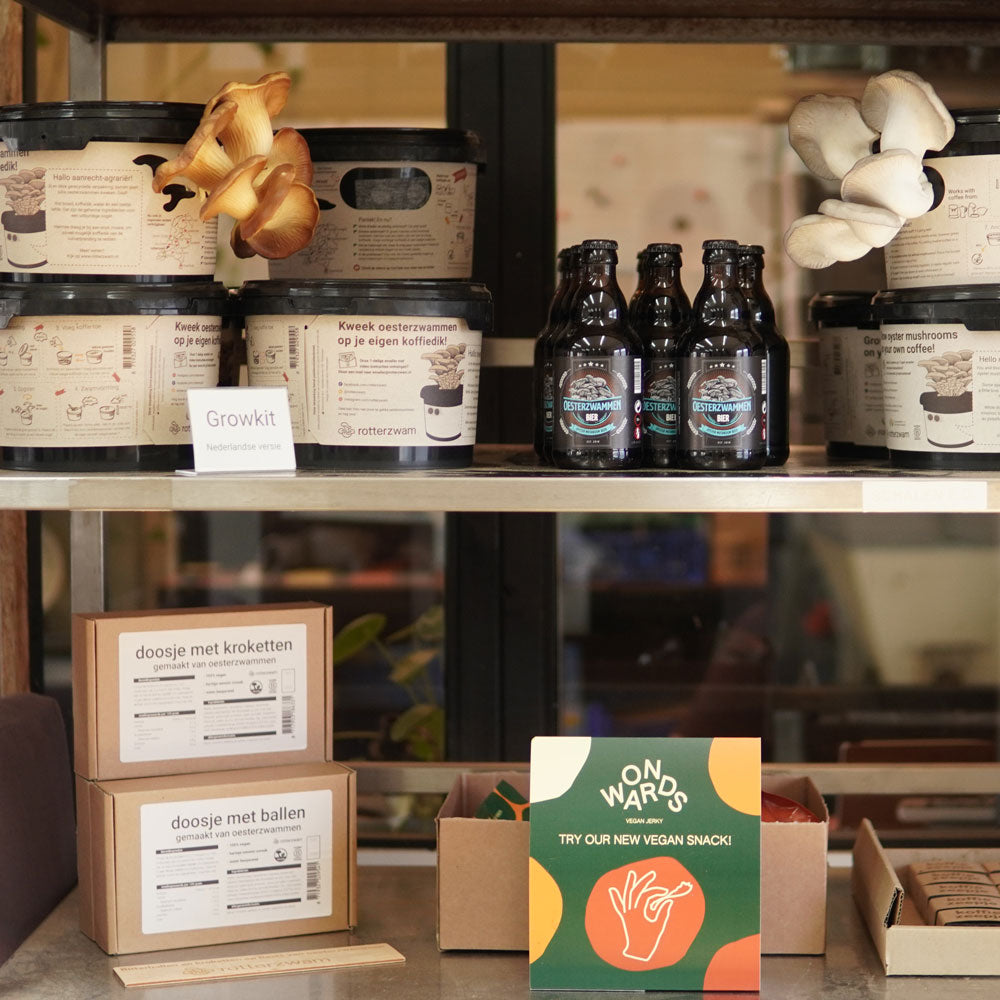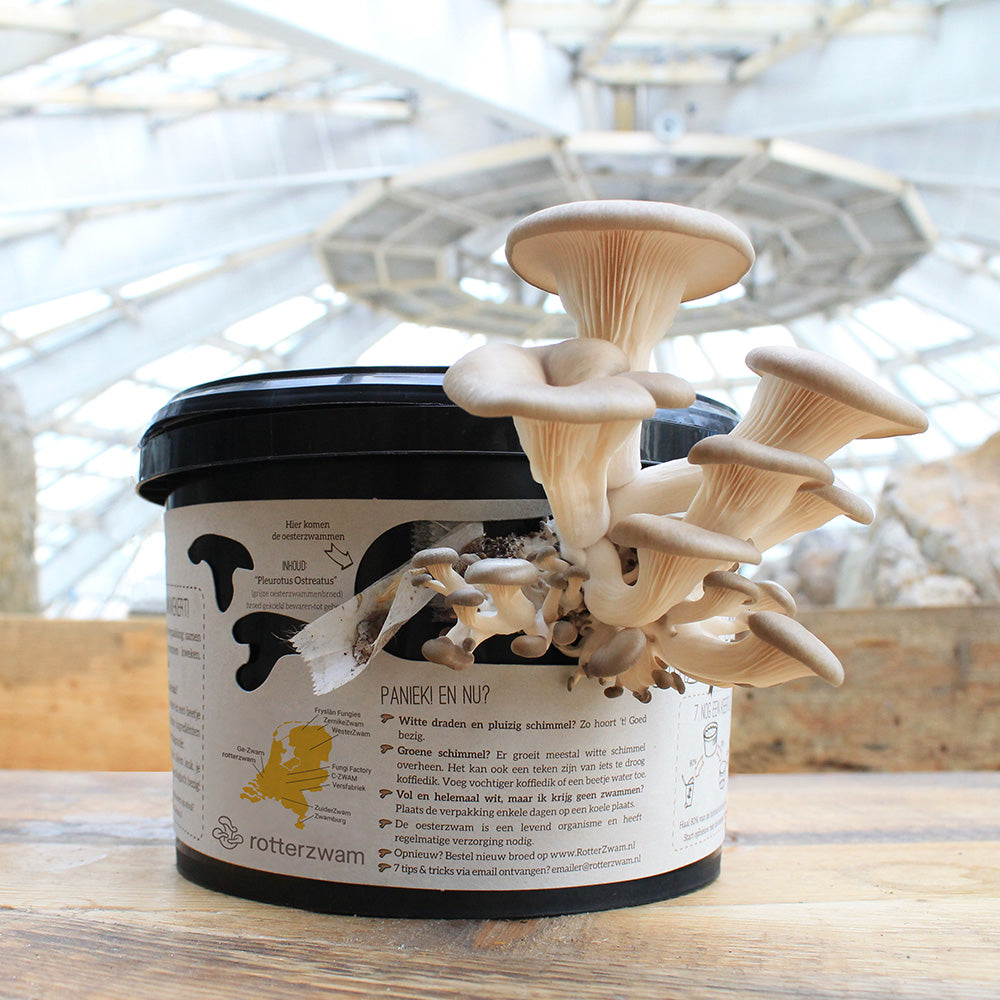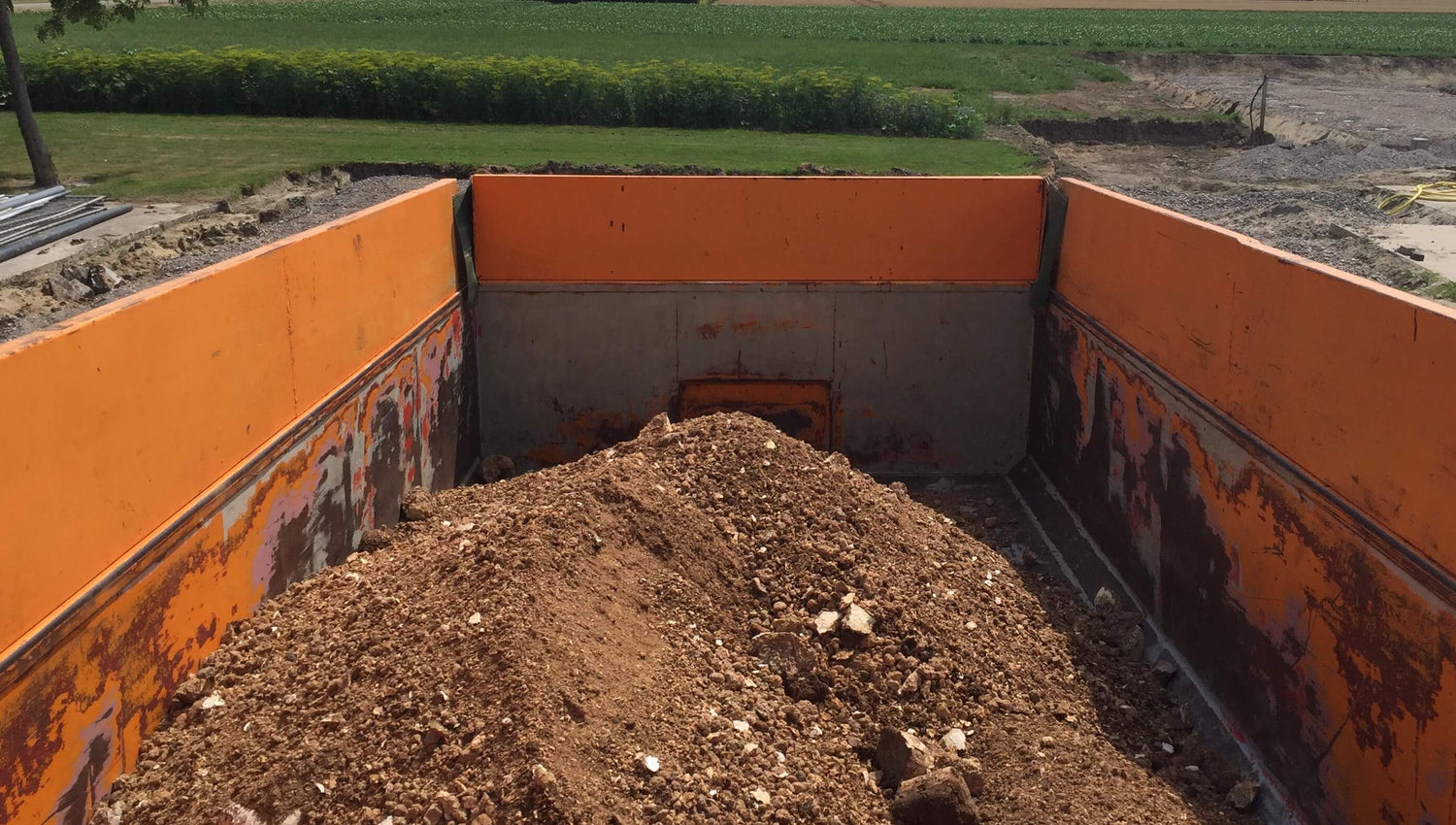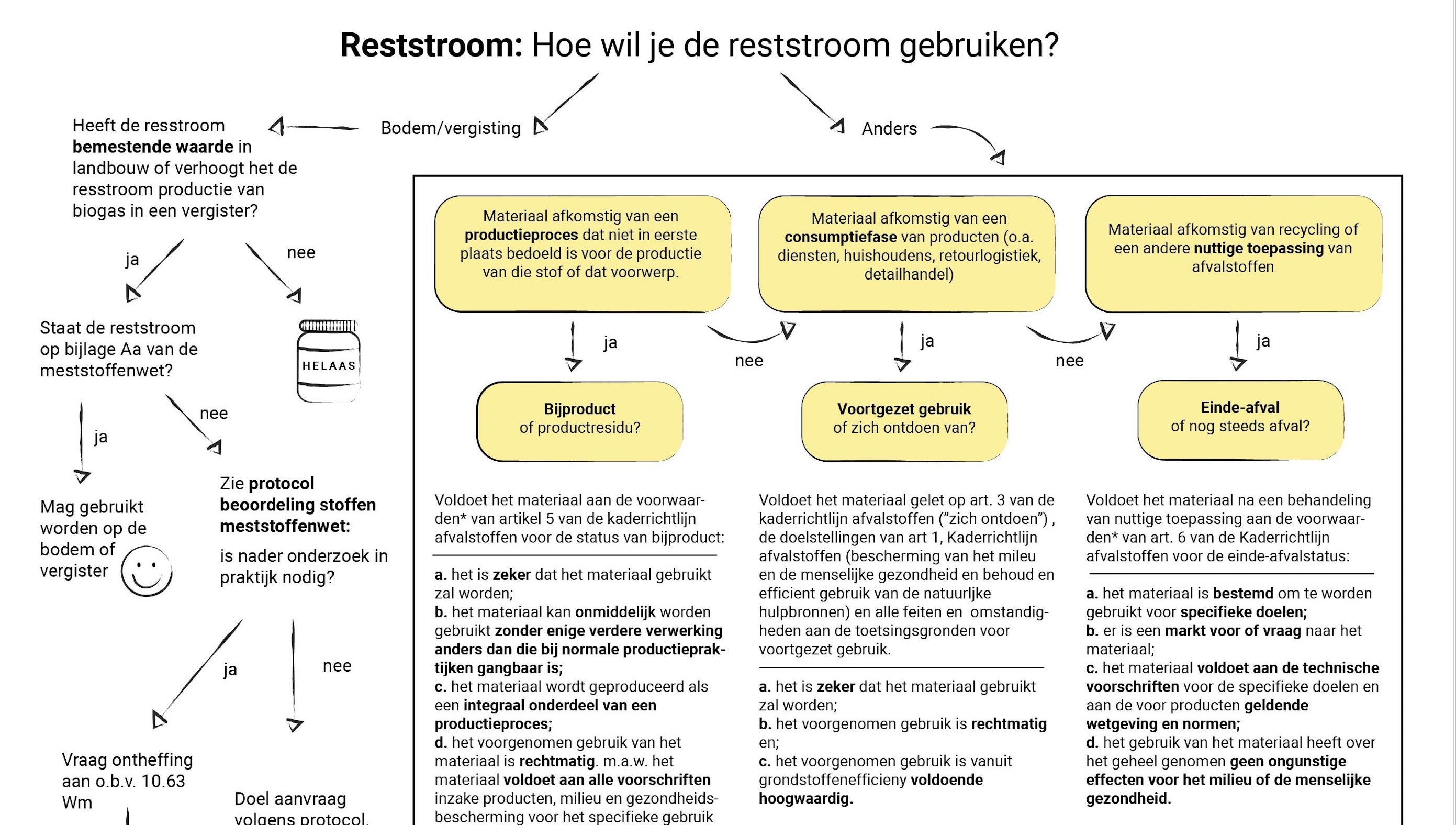This blog series is about our "Back to the Soil" project, in which we investigate whether various organic waste streams can be used as soil improvers in arable farming and how this can be legally achieved. In this seventh blog post, you can read about the legal implications of using organic waste streams on the soil . Below, you'll find an overview of all the blog posts in this series.
In blog 5 of this series, we discussed when and how you can use a residual flow. But what happens if you want to use a residual flow as a soil improver? As discussed, there are all kinds of organic mono-streams available with a high organic matter content, and they drastically reduce the organic matter content in the soil. Using organic residual flows as a soil improver therefore sounds like a logical option. Now, after reading blog 5, you may have concluded that you are dealing with a byproduct, continued use, or end-of-waste. Unfortunately, that doesn't mean you are allowed to apply this substance to the soil. When applying a substance to the soil, you are subject to the Fertilizers Act .
The trade in fertilizers is regulated by the Fertilizers Act , the Fertilizers Act Implementation Decree based on it , and the Fertilizers Act Implementation Regulation . In addition to protecting trade, these regulations also address the importance of protecting the quality of soil, groundwater, and surface water .
One of the general requirements of the Implementing Decree is that fertilizers may not consist of or be produced from waste or residual materials . This requirement was included to prevent an uncontrolled flow of residual and waste materials being sold as fertilizer in agriculture.
Does that mean it's impossible to use organic waste streams in the soil? No, certainly not impossible, but you do have to jump through a few hoops. This is what it looks like schematically:

Waste materials are generally covered by the Environmental Management Act (Wm). An exception exists for waste materials that have been successfully assessed according to the protocol for assessing substances under the Fertilizer Act and designated by the State Secretary of Economic Affairs by ministerial regulation. This occurs as soon as there are no agricultural or environmental objections to the substances being used as fertilizer (Article 5, paragraph 2, of the Fertilizer Act Implementation Decree). The trading of these substances then no longer falls under the Wm. All substances that may be applied to the soil (as fertilizers or soil improvers) are listed in Appendix Aa of the Fertilizer Act. Substances are included on this list if they are valuable to agriculture. Some examples include foam soil (residual material released during the industrial extraction of sugar from sugar beets) and spent casing soil from the cultivation of mechanically harvested mushrooms.
It is up to the applicant to demonstrate that the substance can be used as fertilizer and is valuable for agriculture. Research is required to prove this. This can be a simple study of the substance's composition or, for more complex issues, a field trial in which the substance's effects on the soil are measured over several years.
Because a field trial involves spreading substances currently classified as waste on agricultural land, a temporary exemption is required under the Environmental Management Act (Article 10.63) . The necessary exemptions are also required for the transport of these substances from the site where the residual flows are released to the agricultural land.
If the test results are positive, an application can be submitted to have the substance included in Annex Aa of the Fertilizers Act. The procedure is generally as follows:
- Submit proposal to the State Secretary of Economic Affairs via the address of RVO
- RVO checks whether the proposal is complete
- RVO requests an expert opinion from the CDM (committee of experts on the fertilizer law)
- CDM tests according to the protocol whether the substance meets all agricultural and environmental requirements (duration: 13 weeks)
- The CDM sends a substantiated expert opinion to the policy-responsible Directorate for Plant Agro-Chains and Food Quality at the Ministry of Economic Affairs. The Directorate conducts a policy review and sends the findings, along with the CDM's opinion, to the State Secretary for Economic Affairs. The State Secretary decides whether the substance will be designated as a fertilizer.
We have received a temporary exemption for our research under the Environmental Management Act. The next step is to submit the applications to have the residual flows included in Annex AA. We will share how this works in practice next year!
Want to know more? This series consists of 11 blogs in which we tell you all about the project. Click and read more:
- Intro: Back to the Soil blog series
- Back to the Bottom: The Plan
- Residual flows on the soil: why?
- From plan to experiment: the legal waste stream soap
- Waste legislation: what is waste?
- Organic waste flows on the soil: what are the legal implications?
- Update 1: Pot trials, waste stream collection & spreading
- Update 2: Back to the bottom
- Residual flows on the soil: the research results
- Residual flows on the soil: the impact
- Residual flows on the soil: the next steps







Leave a comment
All comments are moderated before being published.
This site is protected by hCaptcha and the hCaptcha Privacy Policy and Terms of Service apply.